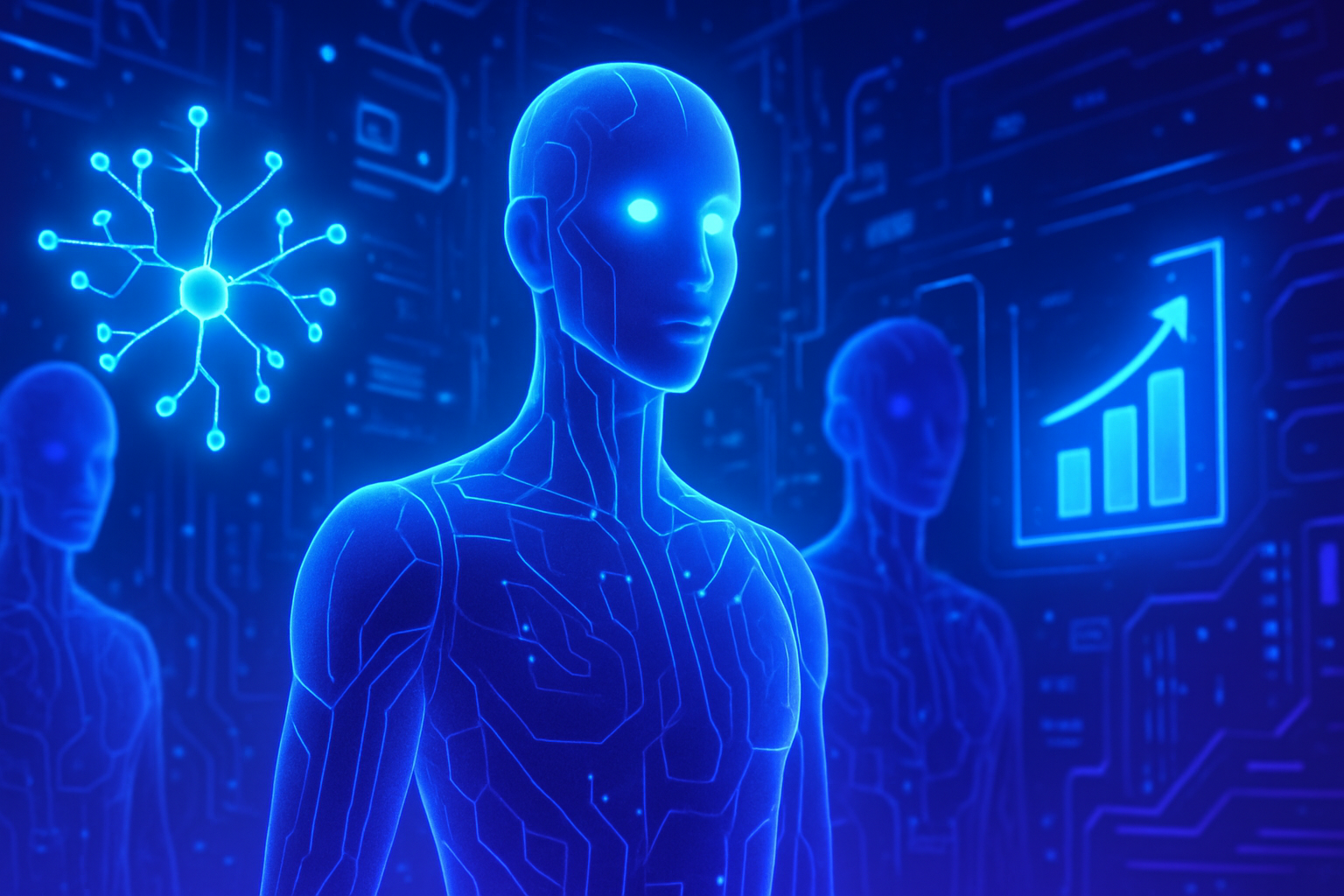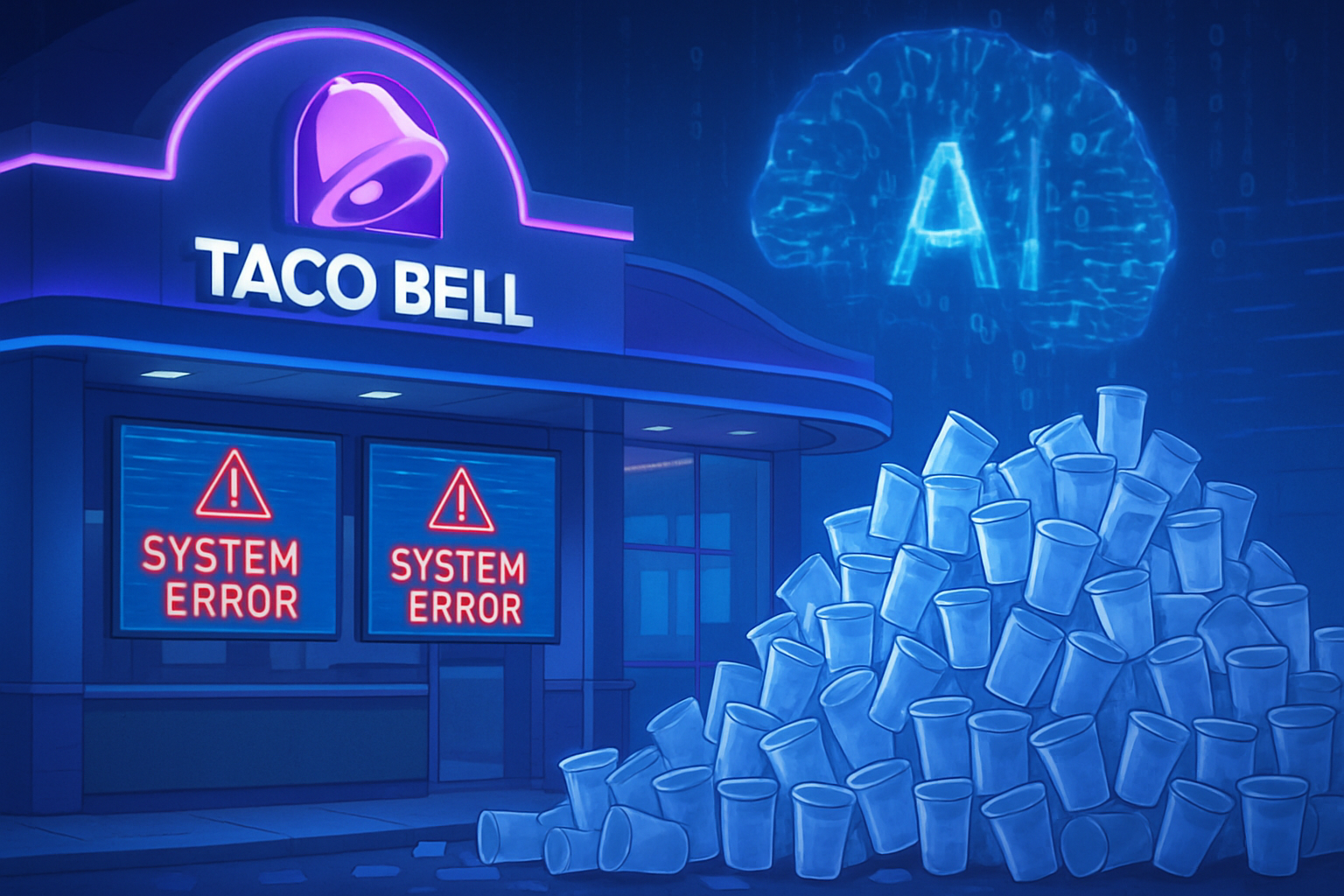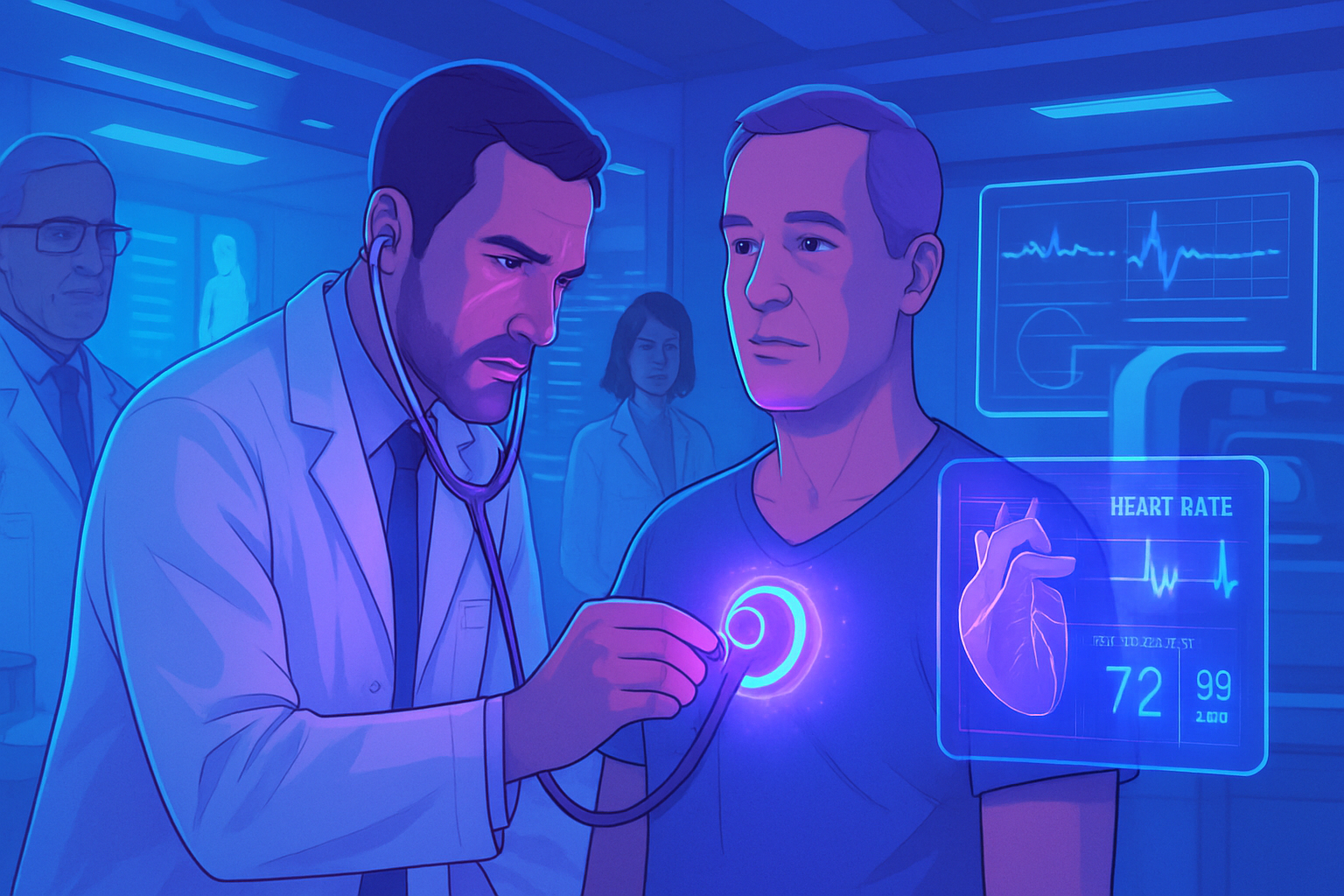The imminent announcement of the arrival of GPT-5 is shaking expectations around artificial intelligence. This model, incorporating chain-of-thought reasoning, promises to optimize interactions with users. Expect an enhanced memory, capable of anticipating your needs and preferences. The agentic dimension of GPT-5 paves the way for unprecedented interaction with digital environments, thereby transforming how we communicate with technology.
The new features of GPT-5
The release of GPT-5, announced for this summer, promises substantial advances over previous versions. Sam Altman, CEO of OpenAI, emphasized that this model will include chain-of-thought reasoning, a method that allows the model to reason step by step. This change departs from previous iterations, such as GPT-4.5, which lacked this capability.
Optimized long-term memory
Another significant evolution of GPT-5 lies in its enhanced memory. This model is designed to manage long-term conversations more efficiently. Through an refinement of memory capabilities, GPT-5 will anticipate user preferences, making the interaction smoother and more intuitive.
Enhanced multimodal capabilities
OpenAI emphasizes multimodal capabilities, a dimension that has already taken shape with GPT-4. Users are expected to benefit from varied interactions, such as voice and visual interactions. Multimodality will allow the model to be more aware of its environment and adapt to various contexts, facilitating a more dynamic user experience.
A more agentic orientation
The agentic dimension of GPT-5 will expand, with the ability to autonomously interact with digital infrastructures. This advancement, already outlined with the Operator model, enhances the automation potential of AI. GPT-5 aims to facilitate interactions without direct human intervention, bringing efficiency and responsiveness.
A gradual transition to GPT-5
The transition from GPT-3.5 to GPT-4 marked a decisive turning point for OpenAI. However, with the introduction of frequent updates, the transition to GPT-5 appears less revolutionary. Users can expect continuous improvements without necessarily giving a new name to each iteration. This raises questions about the naming of future versions, which could be divided into sub-versions like 5.1, 5.2, etc.
Anticipations and perspectives
Expectations around GPT-5 are high, particularly regarding its performance and new features. Users will undoubtedly be eager to test this enhanced model, which could transform how they interact with artificial intelligence. For industry professionals, this advancement raises various possibilities for integrating this technology into different fields, from content creation to data analysis.
References to other models like Gemini or recent announcements from AWS help to grasp the competitive framework in which OpenAI operates, highlighting the importance of constant innovations.
The stakes accompanying this new era of artificial intelligence should not be underestimated. A guiding principle seems to be emerging: the anticipation of human needs is becoming paramount. A model capable not only of adapting its responses but also of juggling with the context and preferences of the user is a significant advancement towards integrating a more refined intelligence.
Common FAQs
What are the main new features expected with the arrival of GPT-5 this summer?
GPT-5 is expected to introduce several major innovations, notably chain-of-thought reasoning, an enhanced memory, better multimodal capabilities, and a more agentic orientation that will enable AI to interact more effectively with digital environments.
What is chain-of-thought reasoning, and how will it change the use of GPT-5?
Chain-of-thought reasoning allows GPT-5 to think step by step while answering questions or solving problems. This improves its accuracy and understanding of complex requests, making interaction more intuitive for users.
How will the enhanced memory of GPT-5 benefit users?
The enhanced memory will allow GPT-5 to remember past preferences and conversations, thus facilitating more personalized and relevant interactions, enabling AI to anticipate user needs.
What is multimodality, and how will it be strengthened in GPT-5?
Multimodality refers to AI’s ability to process and generate data from multiple formats (text, image, audio, etc.). In GPT-5, this capability will be enhanced, allowing for more varied interactions, such as advanced voice exchanges and better reconnection with user context.
What is the importance of the agentic orientation in GPT-5?
The agentic orientation allows GPT-5 to actively interact with software systems and digital environments, making it more autonomous and effective in executing complex and varied tasks.
Will the improvements of GPT-5 require retraining for users?
No, the transition to GPT-5 is designed to be seamless. Most users will be able to use the model without prior training, thanks to improvements focused on intuition and convenience in interactions.
Will there be ongoing updates after the launch of GPT-5?
Yes, OpenAI plans to continue iterating on GPT-5 continuously, meaning that users can expect regular updates even after the initial launch, similar to the approach taken with GPT-4.






